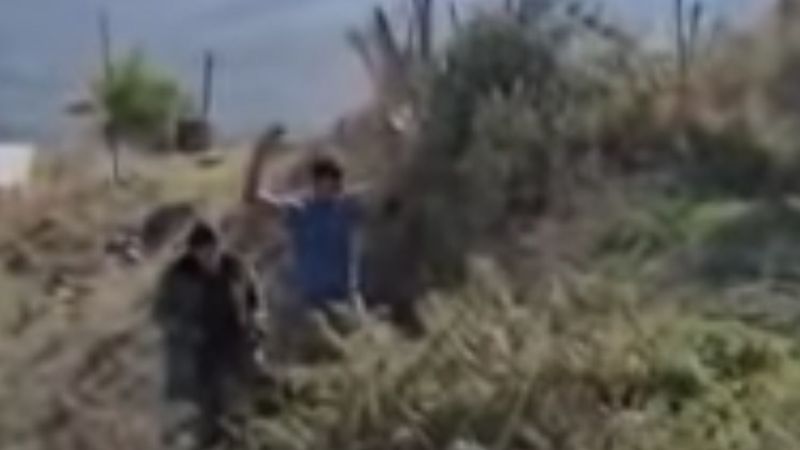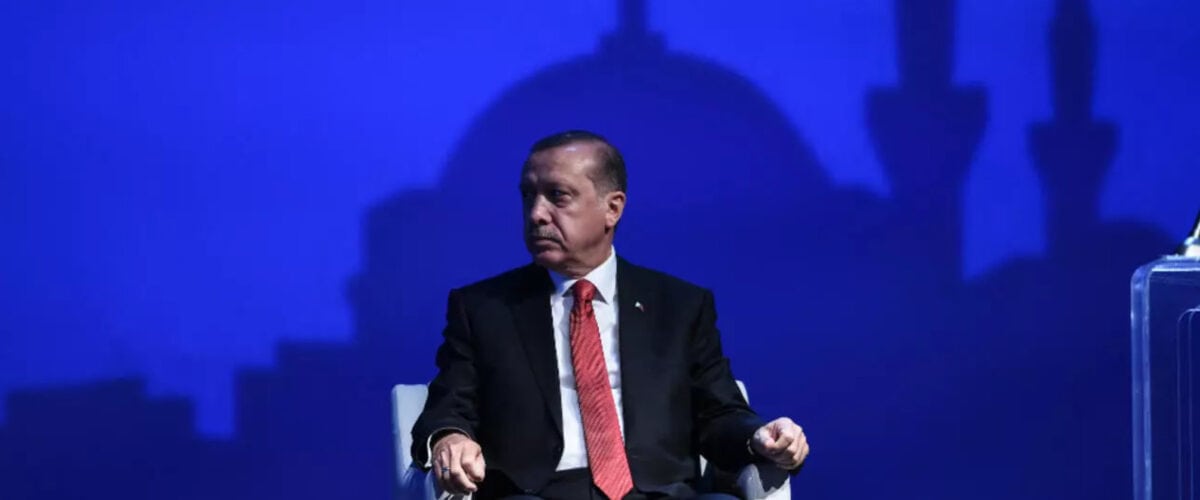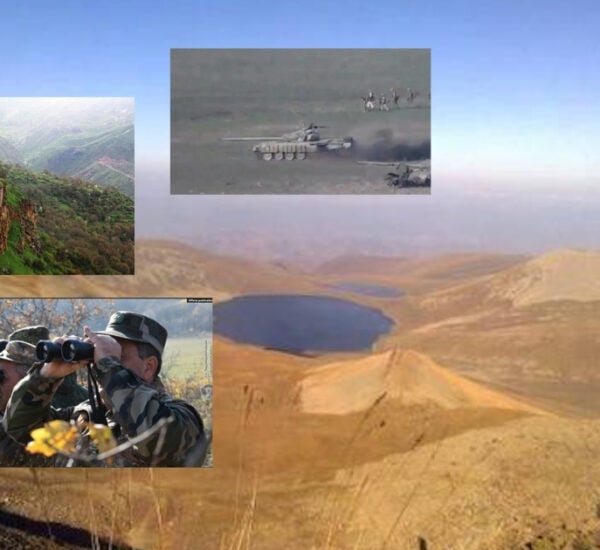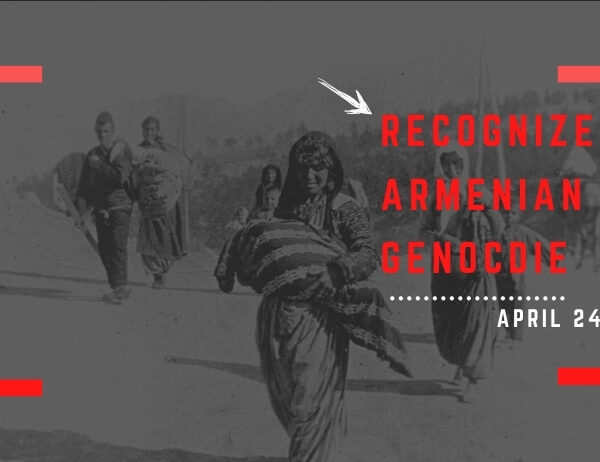Friday, October 23rd, saw a significant escalation in the rising tensions between Azerbaijani and Armenian forces in the Nagorno-Karabakh region. It is estimated that, up until this point, thousands of people have lost their lives in the conflict: Russian President Vladimir Putin is on record as saying the total casualty number is “nearing 5,000” with “more than 2,000 from each side.”
.” It is worth noting, however, that these figures are significantly higher than the death toll put forward by both sides involved in the conflict. As news broke a week ago of a Russian-brokered truce agreement between both sides in the conflict, fighting has continued to intensify over the past week — Azerbaijan recently accused Armenian forces of firing a number of ballistic missiles into Azerbaijan, to which Armenia have officially denied.
Armenia, on the other hand, reported continued fighting, with Prime Minister Nikol Pashinyan stating a solution to the conflict has not arisen “at this stage”.

The problems caused by the escalation in tensions does not end there — Human Rights Watch, an international non-governmental organization that examines potential human rights violations, has accused Azerbaijan of consistently and repeatedly using banned cluster munitions in residential areas in the Nagorno-Karabakh region.
Stephen Goose, Arms Division Director at Human Rights Watch, stated: “The continued use of cluster munitions – particularly in populated areas – shows flagrant disregard for the safety of civilians. Cluster munitions should never be used by anyone under any circumstances, much less in cities, due to the foreseeable and unacceptable harm to civilians.” The shocking reveal came off the back of an on-site investigation in Nagorno-Karabakh conducted by Human Rights Watch.
The brutal extent of the conflict does not stop there, either. Ordinarily, you would think that the illegal use of explosives — cluster munitions — in residential areas would be the most atrocious act to occur during the conflict.
Unfortunately, that does not appear to be the case whatsoever. A video allegedly showing two Armenian men dressing in military uniform being captured by Azerbaijani troops, and later brutally executed with their hands behind their backs, has surfaced across social media.

The execution of the two men — identified by Armenian authorities as Benik Hakobyan, 73, and Yuri Adamyan, 25 — has been met with united condemnation. The Council of Europe are actively trying to verify the validity of the video and, if proven to be authentic, it is likely that the video would suffice as a war crime and action will be taken.
Washington Interference
The escalation to the violence has been met with a concerted effort by US officials to bring an end to a conflict that has, so far, shown no signs of slowing down. The United States’ diplomatic efforts include Mike Pompeo — US Secretary of State — meeting with Azerbaijani and Armenian foreign ministers in an attempt to mediate and broker a peace deal. The foreign ministers held separate talks with the US Secretary of State and it is thought that the meetings stressed the global importance of both countries involved in the conflict entering negotiations.
Armenian Foreign Minister Zohrab Mnatsakanyan is quoted as saying the meeting went “very good” as he departed from the State Department.
US President Trump is positive about the outlook for both sides in the conflict, telling the Oval Office: “[There’s] good progress. […] We’re working with Armenia. We have a very good relationship with Armenia … We’ll see what happens.” Added to that is the fact that Putin has stated that he is in “constant dialogue” with Armenian Prime Minister Nikol Pashinyan and Azerbaijan’s President Ilham Aliyev, talking to them “on the phone several times a day”, and it appears that Trump’s positivity for a resolution appears to be well founded
Contrastingly, as Russia and and the US make attempts to bring a resolution to the conflict, it appears that Turkey President Tayyip Erdogan’s only intention is to stir up division. Speaking after Friday prayers in Istanbul, Erdogan is quoted as saying “Azerbaijan says if Armenia offers Russia (to mediate) we are offering Turkey.
It says Turkey should also be present with Russia in these peace talks. In fact, I have not heard any negative stance from Russia in this respect.”
The true soldier fights not because he hates what is in front of him, but because he loves what is behind him.”
G.K. Chesterton
Now, if Erdogan’s plea for Turkey to be involved in peace negotiations is genuine and, like many world leaders, he just wants an end to the volatility in the Nagorno-Karabakh region, then that is a positive step toward peace. The problem is that President Erdogan is so rarely genuine. In fact, his subsequent remarks revealed his true intentions — pure self-interest: “I believe that here if Russia
thinks about being included in the solution for peace, then Turkey has as much right to be included for peace as Russia.” Erdogan sees these negotiations as a game of chess: constantly pondering how he can use the conflict to benefit his own country — and, rather, in this case, ensure his country is not left out.
Perhaps if Erdogan developed a sense of leadership and put the safety of both countries over his own national and personal interests, and if he stopped playing politics and started practicing diplomacy, then he could play an important role in the resolution of the conflict. I, like many others, am not holding my breath.



